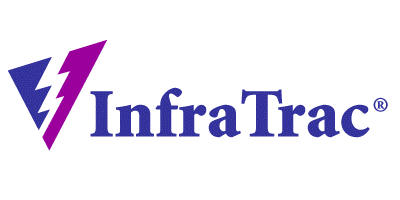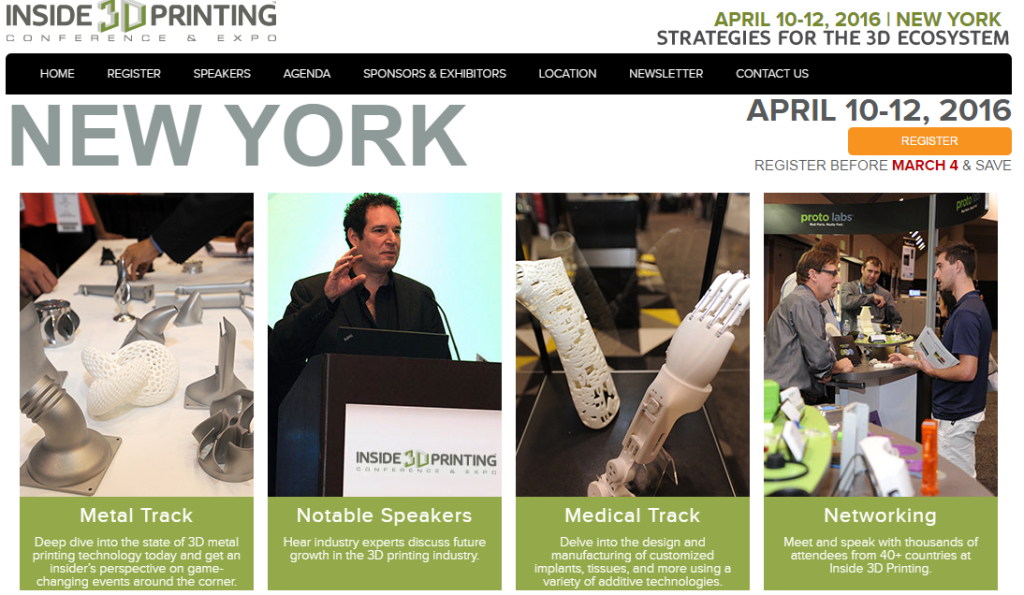 Counterfeiting is, put simply, a big deal. While 3D printing in particular is still somewhat of a Wild West when it comes to clear definitions of what is and is not IP theft (as a raging argument on Thingiverse/eBay currently has legal professionals and companies weighing in from all sides), faked creations go beyond simply stealing designs, and can lead to implications beyond loss of profit to outright endangerment of life, depending on what exactly is being counterfeited. This has been increasingly begging the question: how will 3D printing combat counterfeiting?
Counterfeiting is, put simply, a big deal. While 3D printing in particular is still somewhat of a Wild West when it comes to clear definitions of what is and is not IP theft (as a raging argument on Thingiverse/eBay currently has legal professionals and companies weighing in from all sides), faked creations go beyond simply stealing designs, and can lead to implications beyond loss of profit to outright endangerment of life, depending on what exactly is being counterfeited. This has been increasingly begging the question: how will 3D printing combat counterfeiting?
With additive manufacturing technologies leading to ease in and proliferation of the creation of physical objects, creating fake products can happen easily on the desktop. While some objects that are replicated might in a way be considered counterfeits (e.g., printing a new knob for your brand-name oven), for those on the shadier side things can go much farther. In 2006, Sharon Flank, PhD, founded InfraTrac, a company dedicated to help brand owners to protect their products against counterfeiting. Protecting IP in critical fields including pharmaceuticals, InfraTrac has a strong track record of securing legitimate products and protecting intellectual property. For 3D printing, the company uses an approach called light-based verification to create a “fingerprint” for authentic products.
At Inside 3D Printing New York in April, Sharon will be speaking in a session called “IP-Protected 3D-Printed Electronics and More” to get to the heart of how anti-counterfeiting measures can be put into place to protect companies. I wanted to know more about what she’ll be speaking on, and how InfraTrac can help in anti-counterfeiting, so I had just A Few Questions For Sharon, in which she graciously provided additional information about what we can expect to hear about in New York City.
Can you fill us in on the history of InfraTrac?
I founded InfraTrac to solve the challenge of protecting valuable IP from the threat of counterfeiting. The company started with technology developed by the University of Maryland for spectroscopic fingerprinting of drugs using light-based authentication, enabling pharmacies to better protect patients by weeding out fakes and mistakes. We are now focused on a number of new applications for chemical fingerprinting including 3D printing and custom manufacturing.
How do you typically approach the protection of counterfeiting?
Light-based authentication requires introducing a taggant to the protected product. To choose appropriate taggants, we need to know the conditions (heat, UV, light stability, humidity, viscosity, flexibility) and the matrix material(s), so we can select fingerprinting that’s going to be invisible but detectable with an instrument, and make sure it’s going to behave in the relevant conditions. The metaphor is a peanut butter and jelly sandwich, where the bread is the layers of matrix material, and the PB&J is the taggant mix, hidden inside.
What initially led you to 3D technology as an area that would benefit from IP protection?
We did some anti-counterfeiting for computer chips that involved putting an invisible layer on them that could be detected with a pocket-sized spectrometer. I have a pretty inventive team at InfraTrac and they made the leap from layering for IP protection to the enormous vulnerability of 3D printing. It was an exciting couple of months from the seed of an idea to the point where we had enough details to file the initial patent application: we were pretty sure we had something significant, but we couldn’t let the secret out until we’d filed.
How does light-based verification for 3D printing work to protect IP?
The one requirement is a multi-material printing process, since you’re going to need a way to put something else (the peanut butter and jelly, so to speak) into the matrix (bread). A covert layer – which can be just a little spot that’s a millimeter thick and a centimeter square – is controlled by an encrypted section of the print file and triggered by the printer’s firmware, in a kind of cyber-physical security. It says, “Put that PB&J fingerprint right under the surface in this little spot.” Authenticators need to know where to find the spot, but a key strength of this approach is that they don’t need to be in on the secret of exactly what that taggant is. They point their handheld analytical instrument (a spectrometer in the case of polymer printing), and get a Yes/No answer: does it match the expected fingerprint, or is it rogue? The test takes a couple of seconds, and it’s non-destructive. The same kinds of instruments are used to sort plastics for recycling, so they’re pretty user-friendly.
What led InfraTrac to become affiliated with Inside 3D Printing?
In 2015, when we were looking for the fastest way to immerse ourselves in 3D printing for manufacturing, we contacted everybody we could find, including Hod Lipson, and all paths pointed to Inside 3D Printing NY. And then we got invited to present in Santa Clara and publish in 3D Printing and Additive Manufacturing, so it was a great place to start.
 What do you hope attendees will gain from their presence at Inside 3D Printing New York?
What do you hope attendees will gain from their presence at Inside 3D Printing New York?
There are so many ways 3D printing is going to change our lives: shoes that fit; appliance spare parts that are always available on the repair truck; light, strong and fuel-efficient aircraft and vehicle components; casts you can wear in the shower; braces that make patients happier and speed their rehab. Art and fashion will make leaps forward, and some of those will enhance medical applications as well. Inside 3D Printing is a good place to nudge people into contact, so developers and designers can meet to see what to make, how… and why – and what to do to protect these exciting new products from counterfeiters.
What are you most looking forward to at Inside 3D Printing New York?
I came last year as an attendee and met a collaborator, ChemCubed, that has helped us test and extend our offerings to printable electronics and biocompatible nanocomposites. I’m hoping to make more terrific connections like that again this year.
What would you like our readers to know about InfraTrac?
We’re ready to work with you to protect all sorts of objects, from engines to luxury brands. We’re most excited about the safety angle, where our technology means that a patient receives a safely calibrated dose of a 3D printed drug, or we help to avoid a mechanical failure that may have brought down a plane because of a counterfeit part.
Sharon’s talk, “IP-Protected 3D-Printed Electronics and More,” is set for 2:15-3:00 PM on day two of the conference, April 11th, as part of the Manufacturing Track. Keep an eye out for a look at more information from additional speakers at Inside 3D Printing New York 2016! Remember 3DPrint.com readers can get a 10% discount by using code “3DPRINT” at registration. Early bird pricing is in effect until March 4th–save by registering early.
Subscribe to Our Email Newsletter
Stay up-to-date on all the latest news from the 3D printing industry and receive information and offers from third party vendors.
You May Also Like
Gorilla Sports GE’s First 3D Printed Titanium Cast
How do you help a gorilla with a broken arm? Sounds like the start of a bad joke a zookeeper might tell, but it’s an actual dilemma recently faced by...
Nylon 3D Printed Parts Made More Functional with Coatings & Colors
Parts 3D printed from polyamide (PA, Nylon) 12 using powder bed fusion (PBF) are a mainstay in the additive manufacturing (AM) industry. While post-finishing processes have improved the porosity of...
$25M to Back Sintavia’s Largest Expansion of Metal 3D Printing Capacity Since 2019
Sintavia, the digital manufacturing company specializing in mission-critical parts for strategic sectors, announced a $25 million investment to increase its production capacity, the largest expansion to its operations since 2019....
Velo3D Initiates Public Offering in a Bid to Strengthen Financial Foundations and Drive Future Growth
Velo3D (NYSE: VLD) has been among a number of publicly traded 3D printing firms that have attempted to weather the current macroeconomic climate. After posting a challenging financial report for 2023,...































